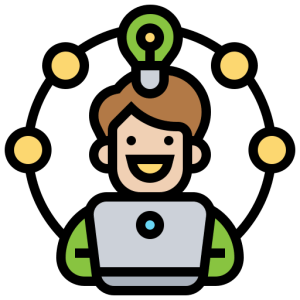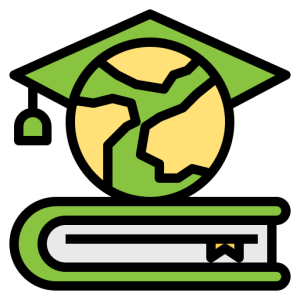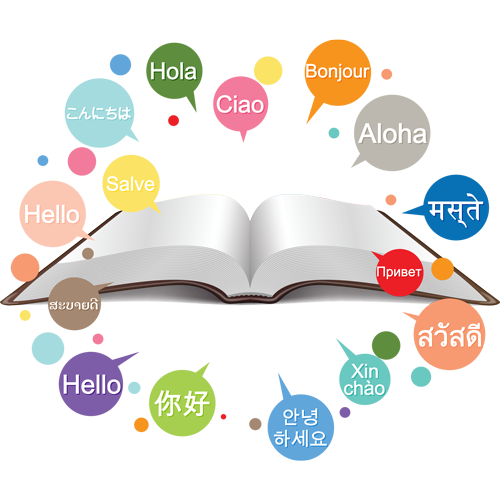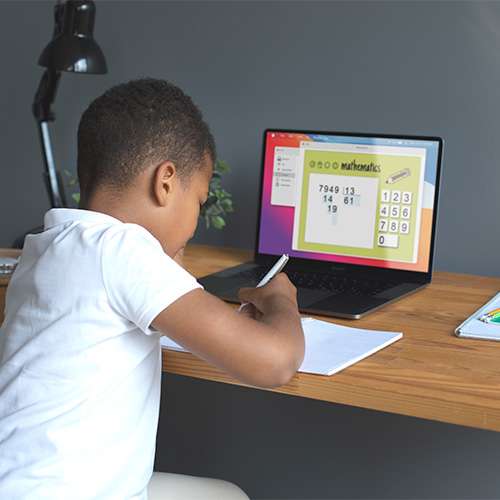What is the National Education Policy [NEP] 2020? An Overview
A revolutionary step towards improving India’s education system, NEP will replace its predecessor from 1986. It promises inclusive educational opportunities to every student across our country.
NEP 2020 lays out new guidelines with the focus of delivering high-quality education to everyone and preparing students to meet the demands of today’s world.
The main goal of this policy is to equip students with the skills they need to succeed through initiatives like:
-
- Early childhood education development
- Restructuring school curriculum
- More focus on vocational training opportunities
- Upgrading higher education institutions
NEP 2020 introduces an innovative 5+3+3+4 structure for school education, providing unprecedented flexibility to learning. This pioneering system restructures the 10+2 model of study into five years of foundational classes, three preparatory ones, three middle-level courses, followed by four stages in secondary instruction.
Another goal of NEP 2020 is to develop vocational education in schools. With the addition of vocational education, students will develop core skills and be ready for the real world.
NEP 2020 aims to make education inclusive by basing it on the principles of access, equity, quality, availability, and accountability.

What are the key features of NEP 2020?
The National Education Policy 2020 is a detailed plan meant to transform India’s education system. In this section, we will go over some of the NEP 2020’s key features.
- Creation of a fresh structure for school education.
- Previous 10+2 structure was replaced by the 5+3+3+4 structure.
The 5+3+3+4 School Education Structure introduced by the NEP 2020 brings a significant change to the previous 10+2 system. In the new system, students will have a 5-year foundational education, followed by 3 years of prep school, 3 years of middle school, and ultimately, 4 years of higher-secondary education. This updated structure offers a well-rounded and inclusive approach to education, ensuring a balanced learning experience for students.
- Comprehensive educational system enabling students to study a variety of subject areas.
- Emphasizes the importance of extracurricular activities.
The NEP 2020 aims to foster a holistic education system that goes beyond traditional subject distribution. It highlights the importance of allowing students to explore multiple subjects. The policy also emphasizes the role of extracurricular activities in a student’s overall development.
- Recognition of the value of vocational training.
- Establishment of vocational learning centers in all districts of the country.
NEP 2020 endeavors to integrate vocational education into the school curriculum. By establishing vocational learning centers across all districts of the country, the policy aims to equip students with practical skills and prepare them for various career pathways, enhancing their employability prospects.
- Encouragement of digital education.
- Delivery of excellent course materials to students and teachers.
- Creation of a dedicated unit to create digital content.
The NEP 2020 acknowledges the significant role of technology in education and emphasizes the promotion of digital education. It seeks to ensure access to excellent digital course materials for both students and teachers. Additionally, the policy highlights the need to establish a dedicated unit responsible for creating high-quality digital content, fostering a technology-driven learning environment.
- Acknowledgment of the significance of teacher education and professional development.
- Provision of routine professional development and training to teachers.
NEP 2020 places emphasis on providing regular training and development opportunities for teachers. By keeping teachers informed about the latest teaching practices and methodologies, the policy aims to enhance the quality of education delivery, ultimately benefiting students and their learning outcomes.
Implications of NEP 2020 for Higher Education

Multidisciplinary Academic System
NEP 2020 promotes a multidisciplinary approach to education, allowing students to explore diverse subjects and develop a broad skill set.

Subject Flexibility
Students have the freedom to choose subjects from different disciplines, fostering a rich knowledge base and core transferable skills.

Research and Development
NEP 2020 emphasizes research growth through collaborations and international partnerships, aiming to make India a global hub for innovation.

Restructuring of Higher Education System
The policy proposes a unified regulatory body, a credit-based system, and vocational education integration for a more streamlined and flexible higher education system.

Technology Integration
NEP 2020 highlights the importance of technology in education, calling for digital infrastructure, online platforms, and teacher training programs.

Internationalization
The policy encourages global collaborations, student exchanges, and partnerships to enhance the international exposure of Indian higher education institutions.
What is the Three Language Formula?
The Three Language Formula in NEP 2020 is a language policy that aims to promote multilingualism and create a more inclusive learning experience for students from all backgrounds.
According to this formula, students must be taught in their regional language until at least class 5, if not class 8. Additionally, they should learn two more languages, one of which should be a native language, to help them develop a diverse language palette.
The Three Language Formula will benefit students by:
-
- Developing language skills
- Increasing understanding of other cultures
- Improving career opportunities
- Enhancing cognitive development

Unlocking Education Potential with Digital Education

NEP 2020 promotes digital education and technology integration, recognizing their potential to revolutionize the education system by making it more accessible and affordable, especially to remote and marginalized areas.
The policy aims to:
-
- Create diverse and high-quality digital content to provide better learning resources to students and teaching resources to teachers.
- Address online and blended learning as an alternative method of instruction, overseen by the National Educational Technology Forum (NETF).
- Implement technology across all levels of education, including student learning and teacher training, to create a scalable digital infrastructure.
What challenges does the NEP 2020 implementation face? How can SWEEDU help?
Implementing the goals that this education policy has set will require a substantial amount of funding. The government will also require proper planning to allocate and track the usage of the funding by educational institutes to ensure the completion of NEP goals.
- How can SWEEDU help?
SWEEDU offers finance management features such as accounting, fees, budget, and expense management. These tools can help educational institutions keep track of all financial transactions. Additionally, SWEEDU’s automated reports and analytics make fund allocation and tracking more efficient and streamlined.
Another significant challenge in the implementation of NEP 2020 goals is the lack of proper physical and digital infrastructure. For example, for technology integration, a school will require hardware like computers/tablets (physical infrastructure) and also internet connectivity (digital infrastructure).
- How can SWEEDU help?
With SWEEDU’s management features, such as inventory, class, and timetable, educational institutions can easily manage, track, maintain, and allocate their physical as well as digital resources for maximum efficiency. This will also help avoid scheduling conflicts between departments or students and ensure fair use.
Integrating technology and implementing digital content rely heavily on teachers and educators. However, to ensure that these implementations are done correctly, all educators need to undergo proper training. The training programs will require the tools and technology to train and track the teachers’ learning progress.
- How can SWEEDU help?
SWEEDU’s online portal offers a video tutorial feature that can distribute multimedia training resources (videos, quizzes, etc.) to make training programs more engaging and accessible.
The software also offers assessment modules, teachers can choose an online or offline exam/assessment for the training program, which will evaluate their training progress. This way, institutions can create different training programs based on the type of training needed.
A lot of educational institutions still stubbornly stick to traditional ways of teaching and resist technological integrations, which is a significant issue hindering the implementation of NEP 2020. Reasons for this resistance to change include lack of communication, proper knowledge, infrastructure, and expense.
- How can SWEEDU help?
SWEEDU can provide communication tools, such as WhatsApp integration, bulk SMS, and an announcement module, that enable institutions to share and cooperate with various stakeholders, including teachers, parents, students, board members, and other staff, in one place. This will help them discuss, implement, and track progress, all through one portal.
Language barriers in educational institutions, whether present between stakeholders or among students due to the chosen language of instruction, can make it difficult to execute NEP implementations. This is particularly the case for teachers and students of government schools or schools present in marginalized sections where regional languages are used more than English.
- How can SWEEDU help?
SWEEDU recognizes the issue of language barriers in classrooms, and in management and learning software platforms. Therefore, we have ensured that our portal can be used by offering more than 17 language options in which our software can be accessed.
Additionally, SWEEDU will soon be launching digital content that will be available in multiple national and international languages, making learning fun, engaging, and more accessible by removing language barriers.
